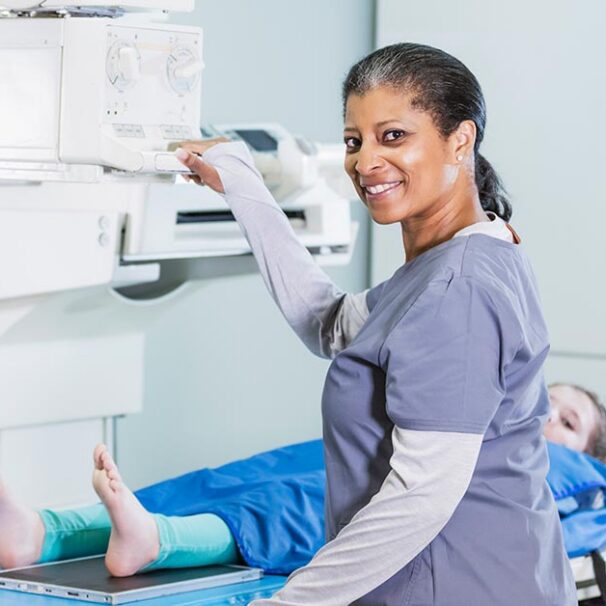HealthProviders DB is a comprehensive database of healthcare providers, including a complete directory of all Computed Tomography Radiologic Technologists.
Radiologic Technologist Healthcare Taxonomy Code 2471C3401X
As of today, the following are the total number of Computed Tomography Radiologic Technologists nationally, in your state, and near your location.
Select the State to show the list of Computed Tomography Radiologic Technologists by State. In addition, you can also narrow the list by City and more from the filter panel.
Alaska – Alabama – Armed Forces Pacific – Arkansas – American Samoa – Arizona – California – Colorado – Connecticut – District of Columbia – Delaware – Florida – Federated States of Micronesia – Georgia – Guam – Hawaii – Iowa – Idaho – Illinois – Indiana – Kansas – Kentucky – Louisiana – Massachusetts – Maryland – Maine – Marshall Islands – Michigan – Minnesota – Missouri – Northern Mariana Islands – Mississippi – Montana – North Carolina – North Dakota – Nebraska – New Hampshire – New Jersey – New Mexico – Nevada – New York – Ohio – Oklahoma – Oregon – Pennsylvania – Puerto Rico – Palau – Rhode Island – South Carolina – South Dakota – Tennessee – Texas – Utah – Virginia – Virgin Islands – Vermont – Washington – Wisconsin – West Virginia – Wyoming
Medicare
The following are the total number of Computed Tomography Radiologic Technologists who accept Medicare in your state, the number who have opted out of Medicare, and the total number excluded from participation in Medicare nationwide.
You can download the Computed Tomography Radiologic Technologists dataset using HealthProviders DB Export.

What do Computed Tomography Radiologic Technologists do?
Computed Tomography (CT) Radiologic Technologists operate CT scanners to produce detailed, cross-sectional images of internal organs, tissues, and bones for diagnostic purposes.
Their duties include preparing patients and equipment, guiding patients through the exam, administering contrast agents, operating the CT scanner, and evaluating the quality of the resulting diagnostic images for physicians.
What they do
Patient Interaction: Explaining the procedure to patients, providing reassurance, and ensuring their comfort and safety during the exam.
Equipment Operation: Precisely operating the CT scanner and its rotating X-ray unit to capture detailed anatomical images.
Patient Positioning: Accurately positioning patients on the examining table to obtain the optimal view of the specific body part for scanning.
Contrast Administration: Administering contrast agents, which may require special certification, to enhance the visibility of internal organs and tissues.
Image Analysis: Evaluating the CT scans for technical quality and identifying any technical issues before sending them to radiologists for analysis.
Equipment Maintenance: Performing routine warm-up sequences and maintaining the CT equipment to ensure its proper functioning.
Purpose of CT Scans
Physicians use CT scans to:
Diagnose: Identify and monitor conditions like cancer, vascular disease, and injuries.
Locate: Pinpoint blood clots, brain aneurysms, or other internal abnormalities.
Monitor Treatment: Determine how a patient’s condition is responding to treatment.
Environment
CT technologists typically work in hospitals, imaging centers, and doctors’ offices.
Healthcare Taxonomy Code 2471V0106X
A radiologic technologist who specializes in vascular interventional and is appropriately educated and trained, consistent with nationally recognized standards, state statute, and facility policy in performance of vascular interventional imaging, exam techniques, equipment protocols, radiation safety, and patient care.

